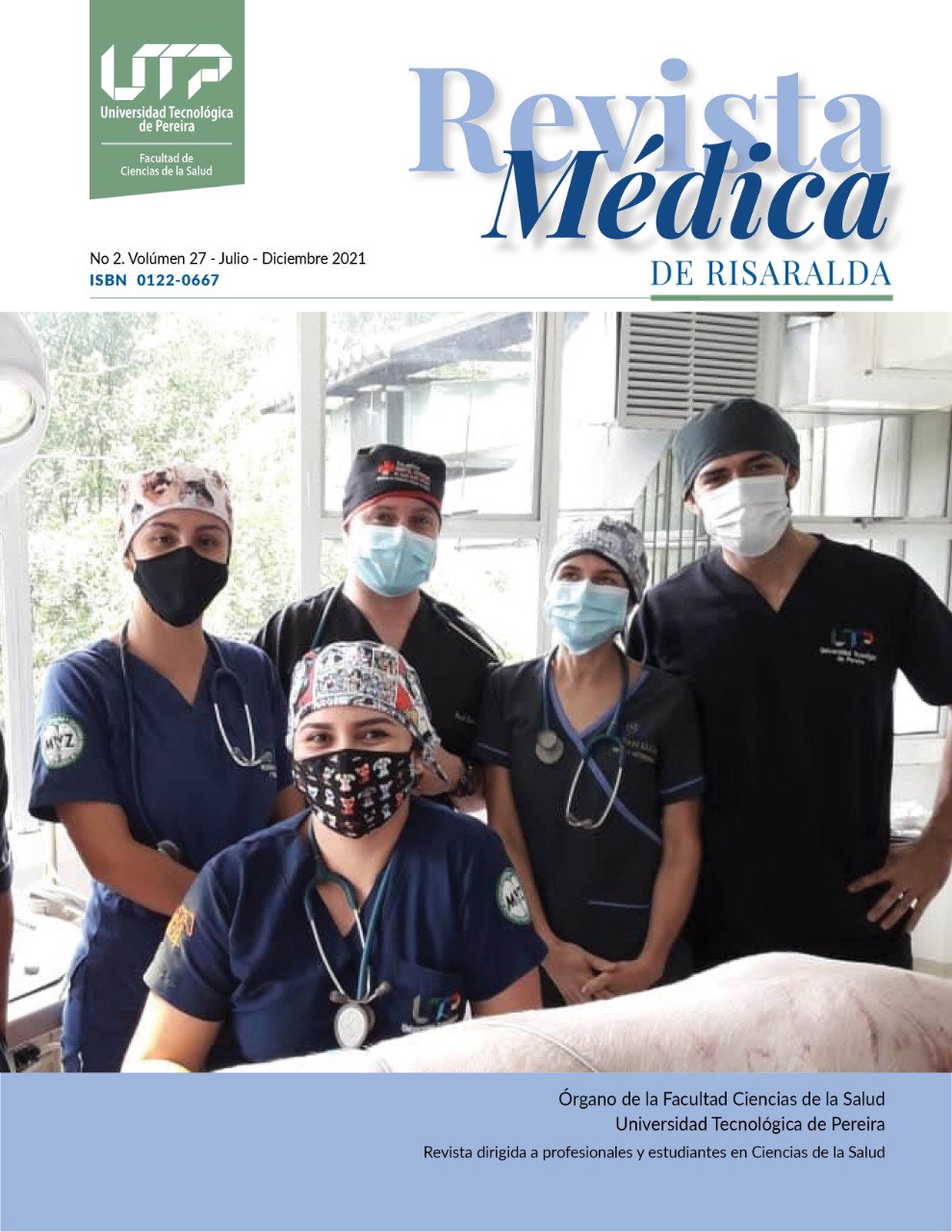Use of antibiotics and antimicrobial resistance in the neonatal intensive care unit
DOI:
https://doi.org/10.22517/25395203.24631Keywords:
Microbial Drug Resistance, Neonatology, Antimicrobial Stewardship, Neonatal Intensive Care, Anti-Bacterial AgentsAbstract
Neonatal sepsis constitutes one of the main causes of neonatal mortality in developing countries. Newborns, particularly premature newborns, have a higher risk of bacterial infections that result in frequent administration of antibiotics in the Neonatal Intensive Care Units (NICU), which is estimated to be as high as 70%. The clinical presentation of neonatal sepsis is nonspecific, prompting the early use of empirical antibiotic prescription to avoid adverse consequences in the patients. Its non-specificity characterizes it as a challenging diagnostic, this aspect led several authors to design strategies to determine which newborns are true candidates for antimicrobial therapy.
Microbiology is closely linked to clinical practice. Thus, knowing the most frequent bacteria associated with neonatalsepsis will be closely related to the antibiotic spectrum that should be used to treat it. Furthermore, knowledge on basic pharmacology is key inasmuch as the antimicrobial treatment is not innocuous and can be related to an increase in mortality and morbidity. Clinical course and maternal risk factors are associated with the expected responsible germs that are already described in multiple descriptive studies worldwide.
Indiscriminate use of broad-spectrum antibiotics for the management of newborn infections is leading to antibiotic resistance increase. At the same time, this is related to even higher rates of therapeutic failure with empiric antimicrobial treatment. Based on this, Antimicrobial Stewardship Programs play a determinant role to monitor the changes in local resistance to adjust and homogenize medical practice to regulate the use of antibiotics and mitigate the emergent andthreatening antimicrobial bacterial resistance.
Downloads
Downloads
-
Vistas(Views): 1045
- PDF (Español (España)) Descargas(Downloads): 659
- PDF Descargas(Downloads): 198
Published
How to Cite
Issue
Section
License
Cesión de derechos y tratamiento de datos
La aceptación de un artículo para su publicación en la Revista Médica de Risaralda implica la cesión de los derechos de impresión y reproducción, por cualquier forma y medio, del autor a favor de Facultad de Ciencias de la Salud de la Universidad Tecnológica de Pereira. 1995-2018. Todos los derechos reservados ®
por parte de los autores para obtener el permiso de reproducción de sus contribuciones. La reproducción total o parcial de los trabajos aparecidos en la Revista Médica de Risaralda, debe hacerse citando la procedencia, en caso contrario, se viola los derechos reservados.
Asimismo, se entiende que los conceptos y opiniones expresados en cada trabajo son de la exclusiva responsabilidad del autor, sin responsabilizarse ni solidarizarse, necesariamente, ni la redacción, ni la editorial.
Es responsabilidad de los autores poder proporcionar a los lectores interesados copias de los datos en bruto, manuales de procedimiento, puntuaciones y, en general, material experimental relevante.
Asimismo, la Dirección de la revista garantiza el adecuado tratamiento de los datos de carácter personal



